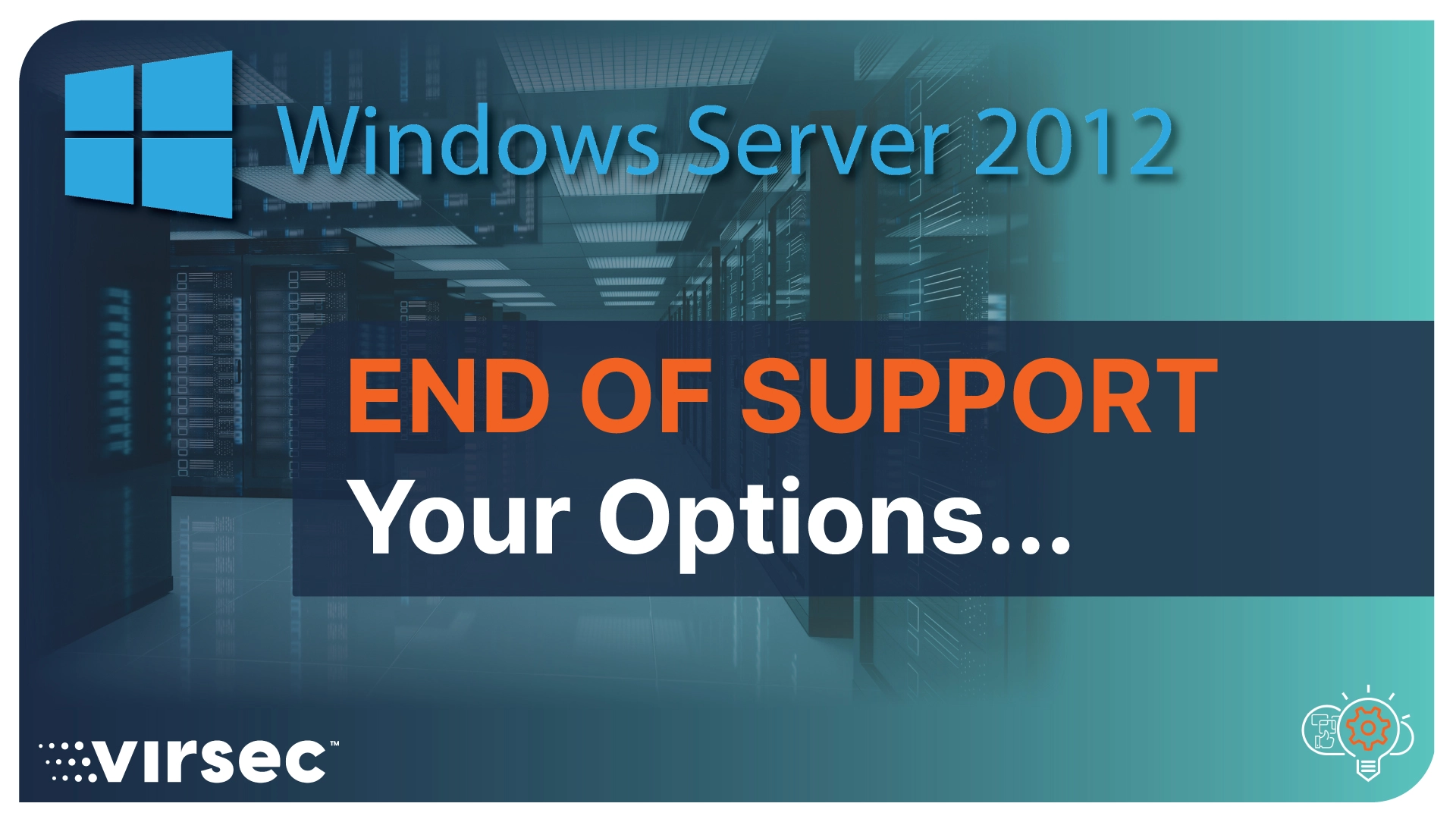“CentOS Linux 7 reached end of life (EOL) on June 30, 2024. Systems still using it will no longer receive patches, security updates, or new features from the CentOS community.”
RHEL email to users dated August 14, 2024
It’s virtually impossible to know the exact number of businesses still running CentOS Linux 7. However, by considering key factors such as popularity, global user base, and EOL/migration trends, we can reasonably estimate that hundreds of thousands of businesses globally might still be running CentOS 7.
FAQ 1: What industries are most impacted by this EOS/EOL?
Red Hat Enterprise Linux (RHEL) 7 – and even 6 – is widely used across various industries, including:
-
Finance and Banking: In this sector, Linux is popular for its stability and support for critical applications, making it a trusted choice for banks and financial institutions.
-
Healthcare: The healthcare industry relies on Linux systems for the secure handling of patient data and compliance with regulations like HIPAA. Its scalability and high availability are crucial for managing large datasets and critical healthcare applications.
-
Government and Defense: Government agencies and defense contractors often choose Linux-based systems for their strong security posture and ability to meet stringent regulatory requirements. It’s often used for mission-critical systems requiring the highest security and uptime levels.
FAQ 2: We’re not ready to migrate - what does EOS/EOL mean for my company?
The end of support (EOS) for the Red Hat Enterprise Linux (RHEL) 6 and 7 IT infrastructure poses substantial risks to industries still relying on these versions without migrating to an updated system. In fact, RHEL 6 already reached its End of Life (EOL) in November 2020, but many companies continue to use both systems without upgrading due to financial resources needed to migrate or critical technology tools that are unable to operate on another system.
Those companies face ongoing problems—some of which are solvable by purchasing Extended Life Cycle Support (ELS), which provides up to 4 additional years of maintenance support for certain critical-impact security fixes, selected urgent priority bug fixes, and troubleshooting for the last minor release of Red Hat Enterprise Linux 7 (7.9) until June 30, 2028.
FAQ 3: What risks are still present even with the extended coverage?
The extended coverage is only a partial fix, leaving plenty of gaps and vulnerabilities that fall into 3 main areas:
- Security Risks: One of the most significant concerns is the lack of security updates and patches. Running outdated systems can expose organizations to vulnerabilities in industries where data security and compliance are paramount. Unpatched systems become prime targets for cyberattacks, potentially leading to data breaches, regulatory non-compliance, and hefty fines. For example, a bank or healthcare provider using unsupported RHEL versions could fail to meet industry regulations, such as PCI-DSS or HIPAA, jeopardizing their operations and customer trust.
- Operational Disruption: The absence of vendor support can lead to operational inefficiencies. In sectors like telecommunications and energy, where uptime and reliability are critical, an unsupported RHEL system might face compatibility issues with new hardware or software, leading to system failures or degraded performance. Resolving these issues can become time-consuming and costly, resulting in potential service interruptions affecting the business and its customers.
- Increased Maintenance Costs: As organizations continue using unsupported RHEL versions, they may need to invest heavily in internal resources to manage and maintain these aging systems. This can strain IT departments, particularly in retail and other industries that rely on integrated systems to manage operations and customer interactions. Over time, the cost of maintaining outdated systems may exceed the investment required to migrate to a newer, supported RHEL version.
FAQ 4: How can I mitigate risks to my Linux system without migrating?
Virsec's Autonomous Application Control platform acts as a compensating control and only allows what you trust to run and automatically stops everything else, preventing critical data, applications, and runtime unpatched vulnerabilities from being exploited by malware, ransomware, zero-day, and unknown attacks.
- Discovery & Visibility: Virsec provides visibility into what's running on workloads and verifies the trust of files, processes, scripts, and executables to define system integrity. EDRs/XDRs miss this critical component, which is why they can't protect these legacy systems.
- Trusted Execution Environment: Virsec creates a secure runtime execution environment for your applications. Only authorized code can run within this environment, effectively stopping ransomware and malware in its tracks.
- Real-Time Monitoring: Virsec continuously monitors server activity, stopping any deviations from expected behavior that could indicate an attack.
- Zero-Dwell Time: Virsec boasts near-instantaneous attack prevention, stopping threats in milliseconds before they can cause damage. This is a critical advantage over traditional EDRs, which rely on identifying and responding to threats after they've gained a foothold.
Conclusion
For CentOS Linux 7 and RHEL 6 or 7 administrators, Virsec minimizes risk even when you are unable to:
- Conduct vulnerability assessments to identify weaknesses & what needs fixing.
- Remove any unused applications and services.
- Create rules and policies to help securely govern your systems.
- Update your operating systems.
- Ensure your antivirus solution is up to date where support is still offered.
- Maintain layer 5 and 7 network-level attack defenses, including host-based intrusion prevention software policies and application firewall.




